HVAC Equipment Delivery: Best Practices, Solutions, and Challenges
Ryan Miller
January 15, 2025

HVAC equipment is one of the most delicate things to handle during shipping. These units are bulky and sensitive to damage.
Most HVAC suppliers don’t have their fleet of drivers or trucks, but that doesn’t mean delivery should be left to just anyone.
In this guide, we’ll break down the best practices, key challenges, and smart solutions to make sure your HVAC equipment deliveries go smoothly and safely.
What is HVAC equipment delivery?
HVAC equipment delivery transports heating, ventilation, and air conditioning units from manufacturers to suppliers, distributors, and end-users.
Given the increasing global demand for HVAC systems, the market reached an impressive USD 231.9 billion in 2024 and continues to expand.
HVAC equipment delivery can be divided into three stages: the first mile, the middle mile, and the last mile.
First mile HVAC equipment delivery
The first mile is the initial stage of the shipping process, where HVAC units are transported from the manufacturer’s facility to a warehouse, distribution center, or supplier. It often involves bulk shipments and stacking.
Middle mile HVAC equipment delivery
The middle mile involves moving HVAC equipment from a warehouse or distribution center to regional facilities, wholesalers, or local suppliers. Deliveries need to align with the supply chain schedule to avoid delays, and larger shipments might be consolidated with others to optimize costs.
Last mile HVAC equipment delivery
The last mile focuses on delivering HVAC equipment to its final destination. The delivery address can be a contractor, a commercial building, or a residential property. This is the most delicate and customer-facing part of the process.
Given the weight and fragility of HVAC units, this stage demands specialized vehicles and skilled drivers.
Which HVAC equipment needs transportation
Here’s a list of HVAC equipment and heating systems commonly transported:
- Air conditioner (central, split, and portable systems)
- Heat pumps
- Furnaces
- Heat Exchangers
- Boilers
- Air handlers
- Ventilation fans and blowers
- Ductwork and related materials
- Thermostats and control systems
- Dehumidifiers and humidifiers
- Refrigerant and fuel tanks
- Air filters and purifiers
- Chillers (for industrial and commercial use)
Why is safety important for HVAC freight delivery?
HVAC systems are delicate, expensive, and often filled with materials that could pose risks if mishandled. Here are some of the reasons why safe HVAC delivery is necessary:
Avoiding refrigerant leaks
HVAC systems rely on refrigerants to cool or heat spaces efficiently. However, they are also potent greenhouse gases. Mishandling during transport can lead to leaks that harm the environment and violate regulations.
About 34% of air conditioning systems experience refrigerant leaks during their lifecycle, and improper shipping can worsen this problem. Not only does this damage the equipment, it can also expose companies to hefty fines for non-compliance.
Reducing financial losses
Each piece of HVAC equipment can be worth thousands of dollars. Damaged equipment results in replacement costs, disrupts schedules, and strains customer relationships.
Curri is a last-mile delivery platform specializing in safely transporting sensitive cargo like HVAC equipment. We focus on protecting your cargo with professional drivers and a strong safety-first approach. In addition, we offer coverage of up to $250,000 for every shipment.
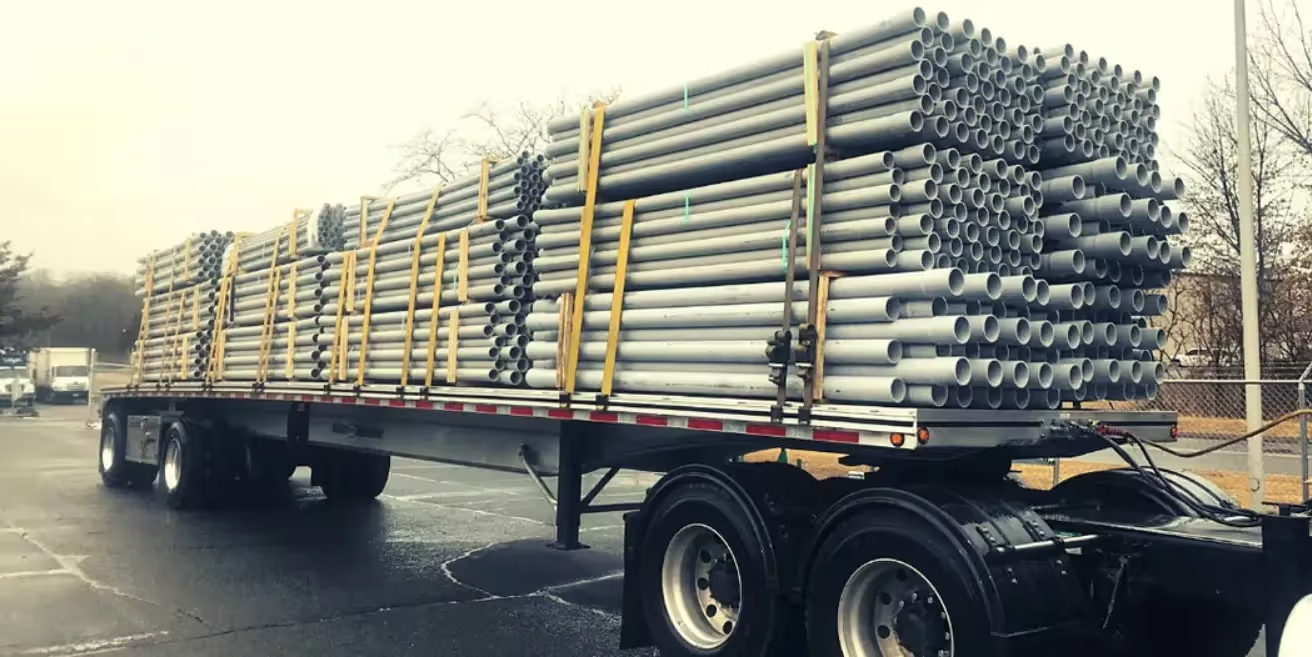
Maintaining warranty coverage
Customers expect their HVAC equipment to arrive in perfect condition. Improper handling or shipping damage can void warranties.
For example, air conditioner transportation requires secure packaging and careful handling. Damage to the coils or refrigerant lines can void the warranty.
Preventing operational downtime
The HVAC industry is fast-paced, with tight schedules and high demand. One late delivery can have a ripple effect, delaying projects and leading to more missed deadlines.
Even a minor accident during transport can lead to a full day of lost operations while waiting for replacements or repairs. Businesses can’t afford these setbacks, especially during peak seasons when every hour counts.
Maintaining professional reputation
Delivery is often seen as an extension of the supplier's or manufacturer's responsibility. While the product's quality is crucial, the way it is delivered speaks volumes about the business's professionalism. Late, damaged, or poorly handled deliveries can quickly tarnish a company's reputation.
How to prepare for HVAC delivery?
Companies delivering HVAC equipment must follow specific measures to ensure the shipment arrives safely and on time.
Here’s a step-by-step guide to get it right:
Step 1: Inspect the equipment
Before shipping, check the HVAC units for any pre-existing damage or defects.
Step 2: Package properly
Use sturdy crates, padded boxes, or protective wrap to shield the equipment from scratches, dents, or other damage during transit.
Step 3: Choose the right vehicle
Select a vehicle that is suitable for the size and weight of the shipment. Specialized vehicles with climate control or suspension systems may be needed for delicate or high-value units.
Curri offers a wide variety of vehicles, including cargo vans, box trucks, flatbeds, and trailers.

Step 4: Plan the route
Map out the most efficient route, considering road conditions, weather, and any potential delays.
With Curri’s Route Planner, the most efficient delivery routes are automatically calculated for you.
Curri’s customer success team is also available to provide hands-on support. The platform also offers in-app, text, and email notifications to inform your customers about delivery progress. Here’s a video that explains how Curri’s route planner works:
Discover Curri's intuitive route planning software
Step 5: Confirm loading and unloading procedures
Have a clear plan for how the equipment will be loaded onto the vehicle and offloaded at the destination. Use forklifts, cranes, or dollies to handle heavy units safely.
Step 6: Communicate with the receiver
Coordinate with the recipient to ensure they are prepared to accept the delivery. Confirm delivery times, site access, and any special requirements beforehand.
Step 7: Document everything
Keep records of inspections, packing methods, and delivery schedules. This will help with tracking and provide evidence for customers and insurance claims.
Delivery Methods for HVAC equipment delivery
The delivery method you choose for HVAC equipment depends on the shipment's size, weight, and urgency. For some deliveries, it makes sense to consolidate smaller loads with others. In contrast, larger shipments require an entire truck to ensure proper handling.
LTL HVAC equipment delivery
Less-than-truckload (LTL) delivery is ideal for smaller HVAC shipments that don’t require an entire truck. In LTL shipping, your equipment is combined with other shipments to maximize truck capacity and reduce costs. Learn more about Curri LTL.
FTL HVAC equipment delivery
Full Truckload (FTL) delivery is best suited for larger HVAC shipments or when you need the entire truck dedicated to your cargo. With FTL, your shipment travels directly from the pickup point to its destination.
Outsourced vs. in-house delivery for HVAC transportation
Is it better to invest in your own fleet of drivers and vehicles, or should you outsource HVAC deliveries to a professional service? Here’s a breakdown to help you decide:
Resource efficiency
An in-house delivery fleet often can’t make the most of your resources. HVAC shipments often fluctuate based on seasonality and demand, which means your fleet might not always operate at full capacity.
During slower periods, you could be paying for idle vehicles and drivers, which quickly becomes expensive.
On the flip side, during peak demand, you might not have enough vehicles or personnel to handle the volume, leading to delays and unhappy customers. This is particularly problematic for businesses handling smaller shipments (LTL loads).
Outsourcing eliminates this inefficiency by giving you access to a network of vehicles and drivers whenever you need them. Curri makes this process even smoother by offering route optimization for deliveries. Our tools make sure that each delivery consumes minimum fuel and delivers timely.

Cost effectiveness
Outsourcing delivery is almost always the more cost-effective option, especially for small to medium-sized businesses or those with fluctuating shipment volumes. Unless you have a consistently large supply—typically ranging from 50 to 100+ shipments per day—it’s hard to justify the overhead of maintaining your own fleet.
Another overlooked aspect of cost-effectiveness is opportunity cost. Managing an in-house fleet takes time and resources away from your core business operations.
Delivery service quality
In-house fleets may struggle with the specialized requirements of HVAC equipment, such as securing large or delicate items, meeting temperature control needs, or following industry compliance standards. Outsourced delivery services bring expertise in handling fragile and high-value HVAC units.
Challenges in transporting HVAC equipment
Transporting HVAC equipment comes with its own set of challenges. Here’s how to tackle some of them:
Managing oversized or heavy loads
HVAC equipment like rooftop units, chillers, and industrial duct systems can be oversized or extremely heavy. Moving such equipment safely is no small task and often exceeds the capabilities of a standard fleet.
Curri’s fleet offers a wide range of vehicle options to address these challenges, including cargo vans, rack trucks, flatbeds, and even trailers for the heaviest loads. We eliminate the need for businesses to invest heavily in their own specialized fleet.
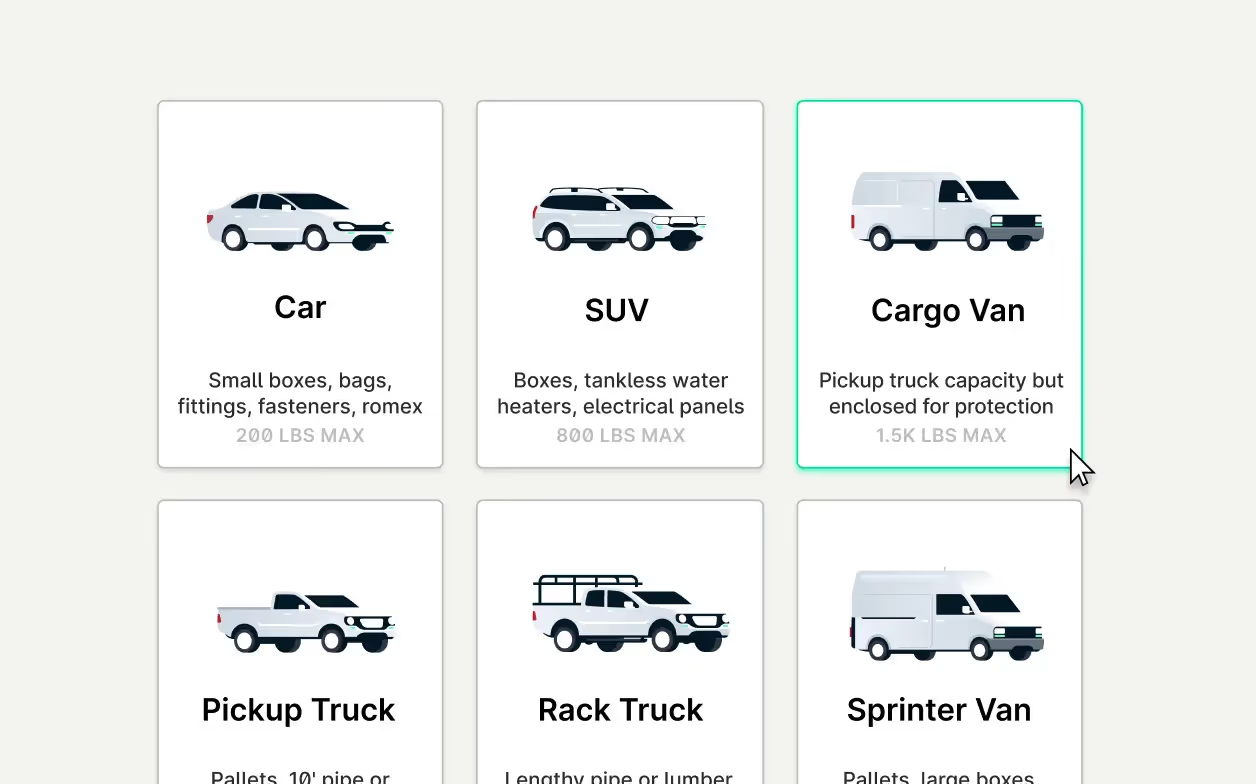
Preventing damage to delicate components
Heating and cooling parts like coils, compressors, control panels, fans, and refrigerant lines are particularly vulnerable to damage. Even a small dent, scratch, or misalignment can impact the system's performance.
Exposure to extreme temperatures, vibration, or moisture can also compromise sensitive electronics and refrigerant systems. It can also void warranties and frustrate customers.
Curri hires experienced drivers who are familiar with transporting HVAC materials.
In addition, Curri’s Loss Assurance Program offers peace of mind. If cargo or property damage occurs directly due to a delivery booked through Curri’s platform, the program reimburses the sender for losses incurred.
Handling unexpected delays
Even with the best drivers, vehicles, and processes, mishaps can still happen. From bad weather and traffic jams to last-minute order changes, delays are a reality in logistics.
But in the HVAC industry, where tight schedules and customer expectations are the norm, a delay can throw everything off.
The HVAC industry tends to get especially busy during the summer and winter months. Seasonal maintenance and new installations during these periods create extra pressure on deliveries.
Curri helps you stay on track with its On-Demand Dedicated Routes. This service provides you with a dedicated driver and vehicle for as long as you need, starting at just one day. It’s perfect for handling unexpected surges in demand, driver shortages, or when you need to make sure a critical delivery gets there on time.
Curri’s flexible fleet outsourcing service is your solution
HVAC shipping needs can change in an instant. One day, you’re scrambling to find enough vehicles for five orders. The next day, things slow down, and you’re stuck with idle trucks and wasted resources.
Curri operates like an extension of your team, giving you all the flexibility of an in-house fleet without the hassle. With our Dedicated Trucking Services, vehicles stay overnight at your lot, ready to be loaded and out the door in the morning—just like your own trucks. A driver shows up at the same time every day and hits the road without a hitch.
Need something delivered fast? Curri’s Hotshot delivery service has you covered. We can handle urgent, same-day jobs, often completing deliveries within hours of your request.
Let Curri handle the logistics so you can focus on growing your HVAC business. Get started today—it’s quick, easy, and built to fit your needs.
Frequently Asked Questions about HVAC transportation
What should I do if my delivery involves multiple stops?
For multi-stop deliveries, prioritize route optimization to save time and fuel. Organize the loading sequence to ensure the equipment for the last stop isn’t blocking items needed earlier.
What’s the typical lead time for scheduling an HVAC delivery?
Lead times vary depending on the delivery provider and shipment size. With services like Curri, same-day or next-day deliveries are often available for HVAC materials delivery.
What are the most common causes of HVAC equipment damage during transit?
Damage often occurs due to poor packaging, overloading, or excessive vibration during transit. Use padded crates with strong straps, and select vehicles with smooth suspension systems to reduce damage risks.
.avif)










-min.avif)

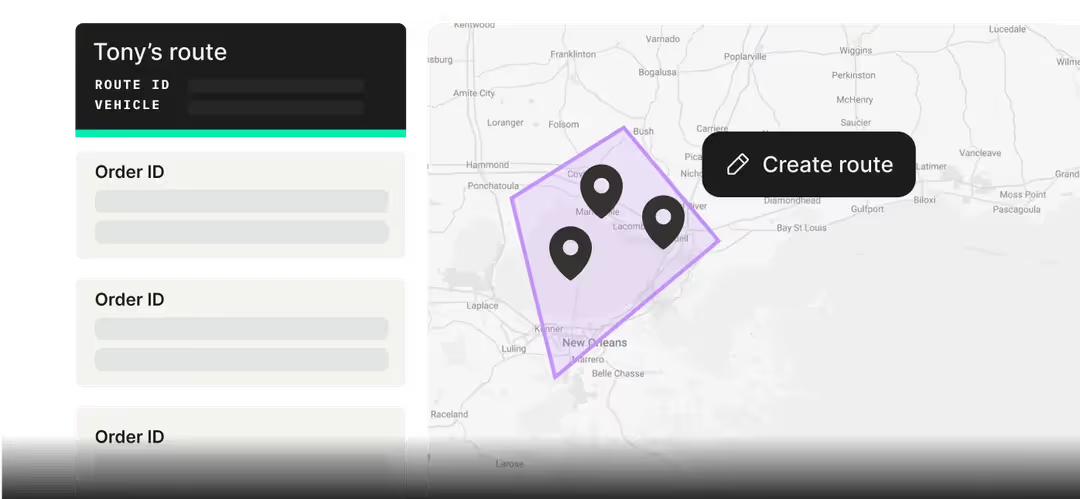

-min-min-min.avif)



.jpeg)
-min.jpeg)


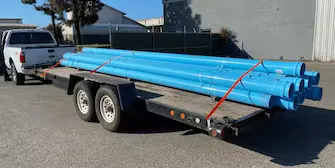
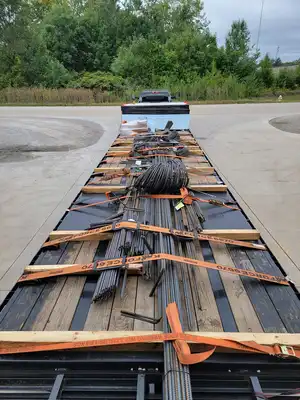


-min.webp)
.webp)



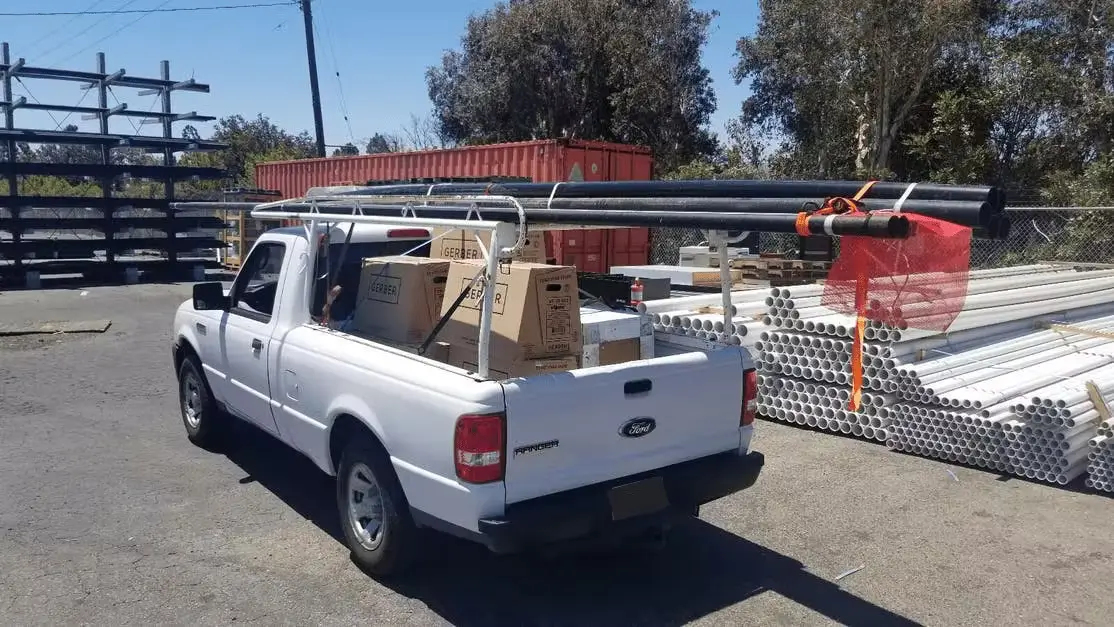

.webp)

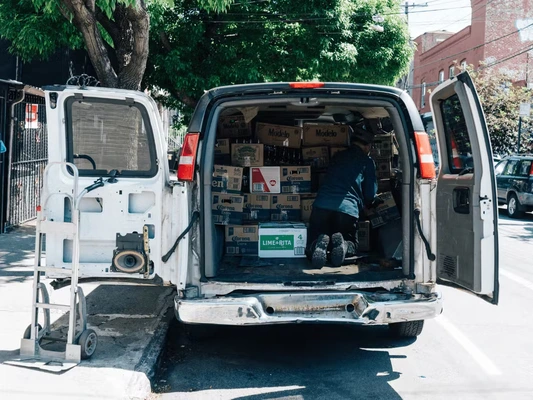


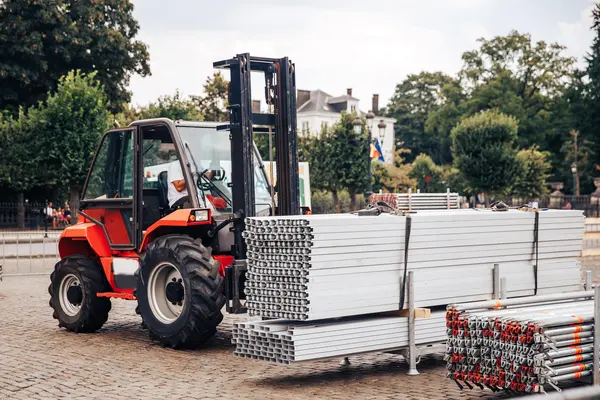
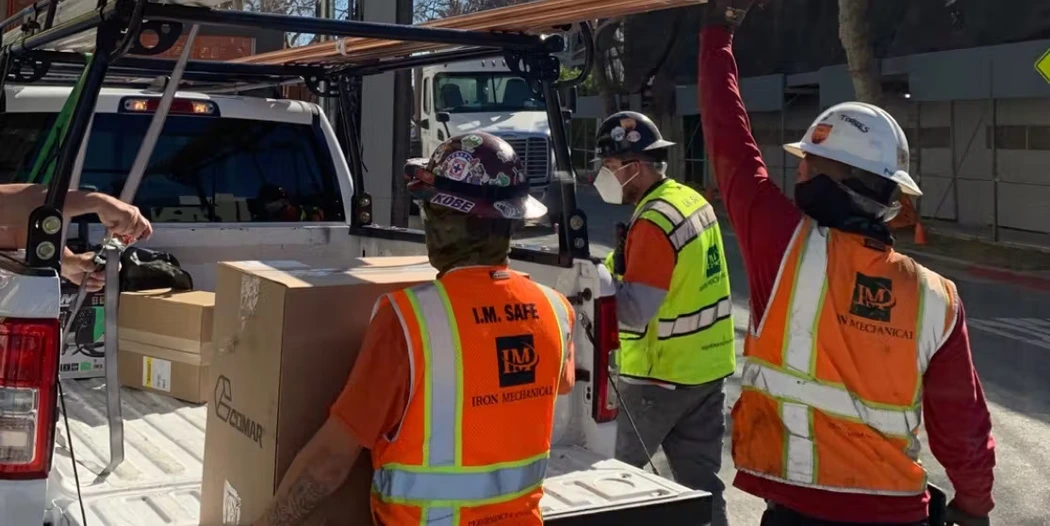
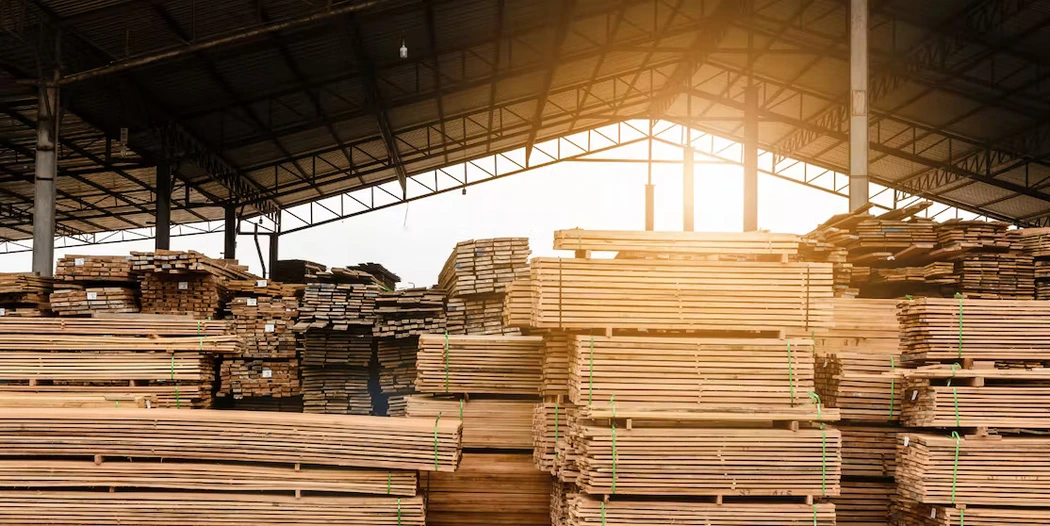





.webp)
-min.avif)

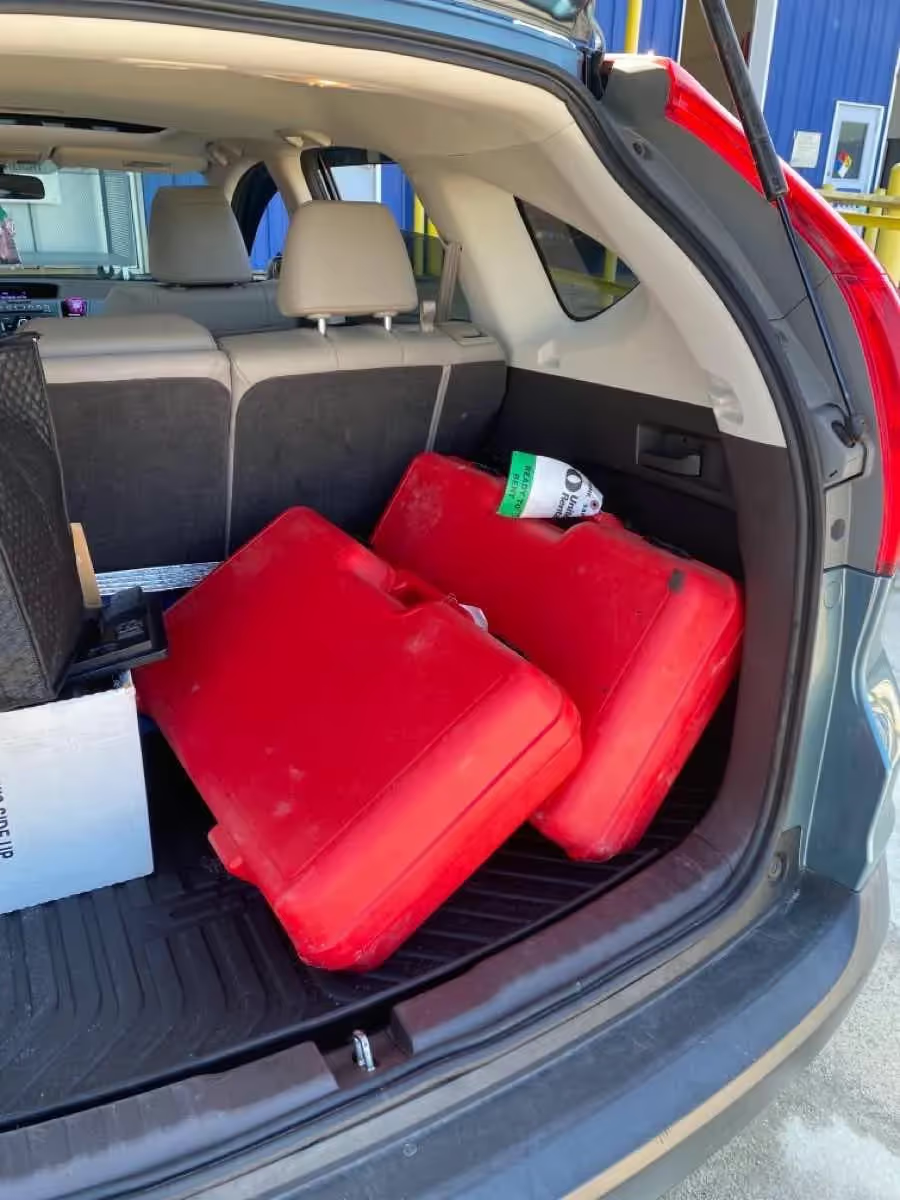

-min%2520(1).avif)





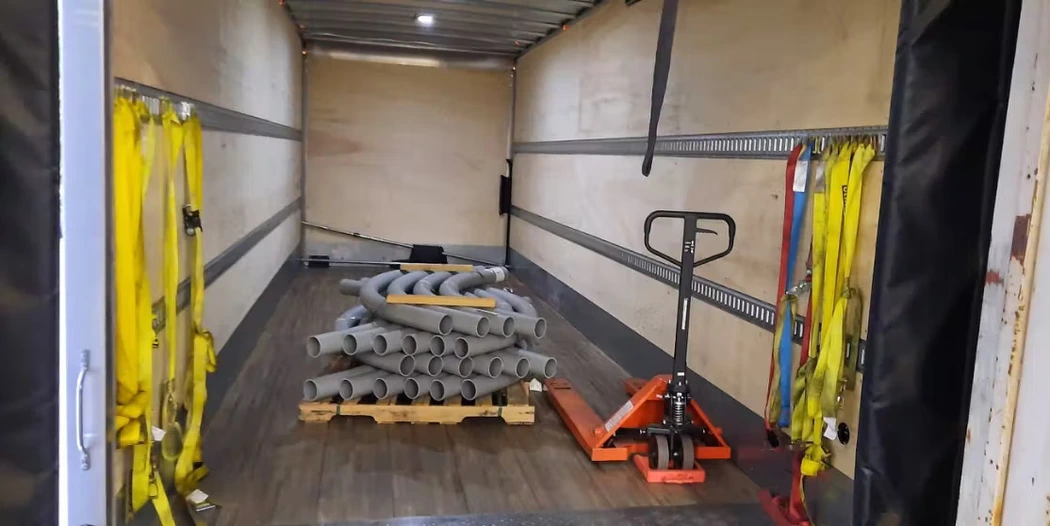
.avif)
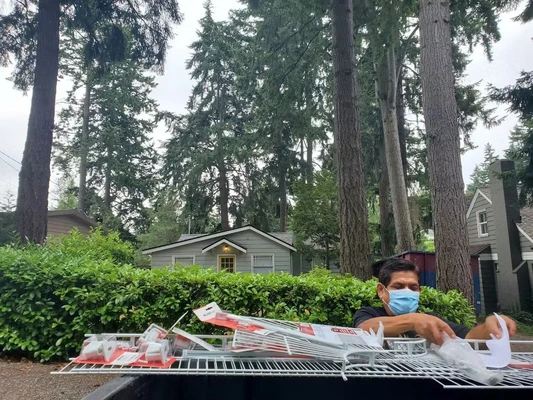



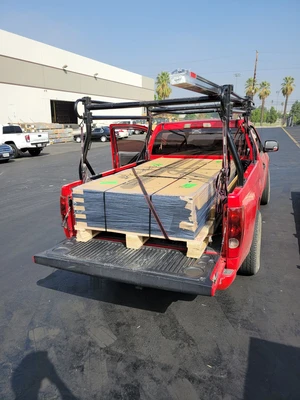
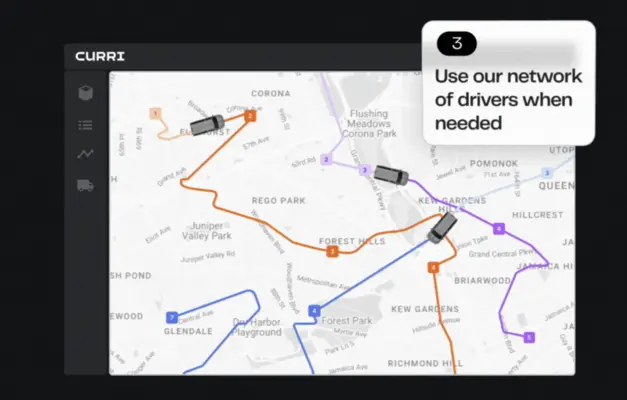


-min.avif)



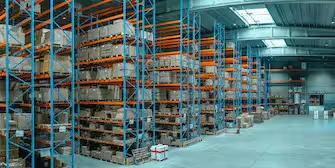

.webp)
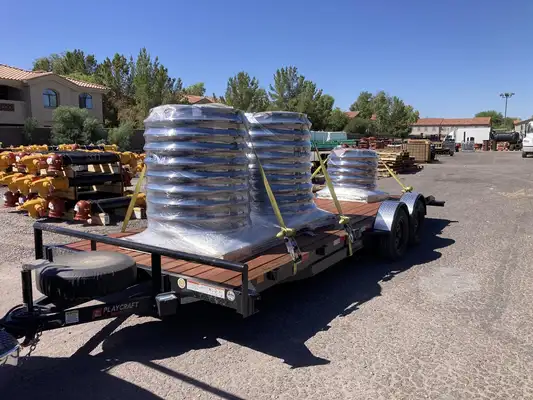
.webp)


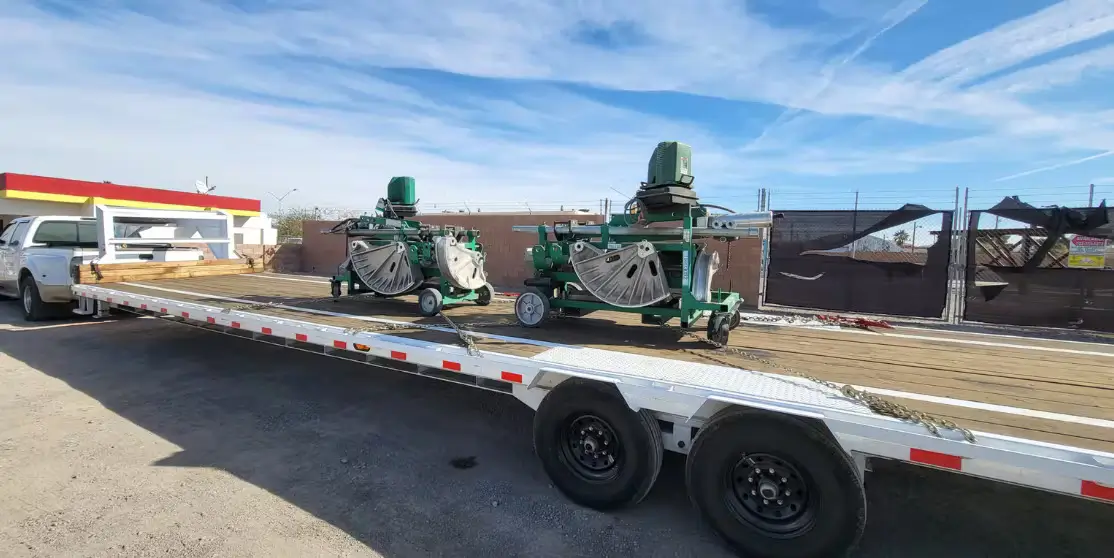
-min.avif)

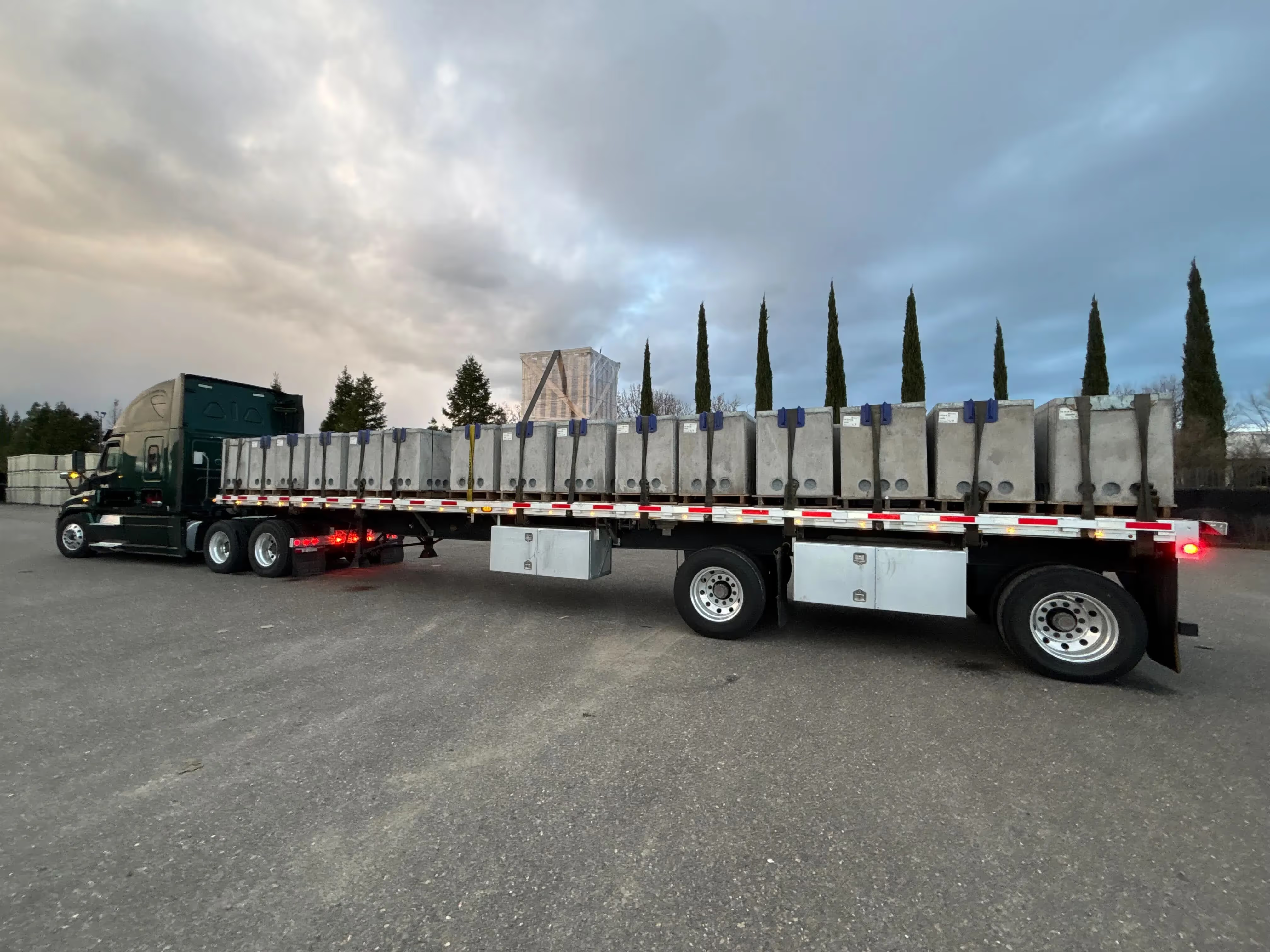


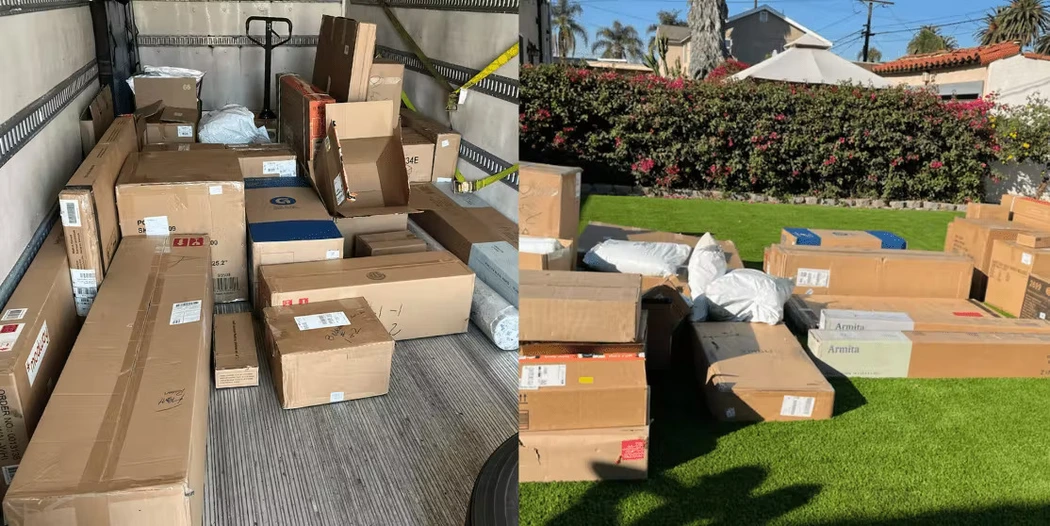
-min.webp)

.webp)
-min.webp)



.webp)

.webp)
.webp)

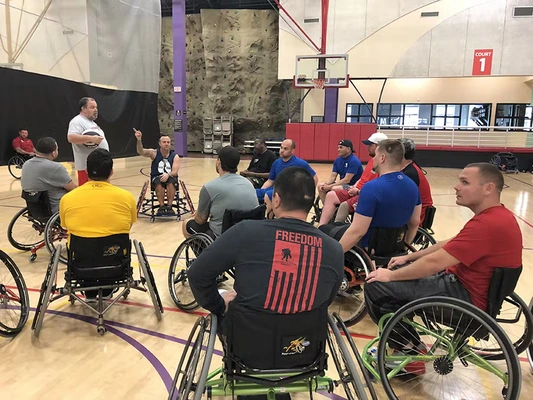
.webp)




-min.webp)

.webp)
.webp)